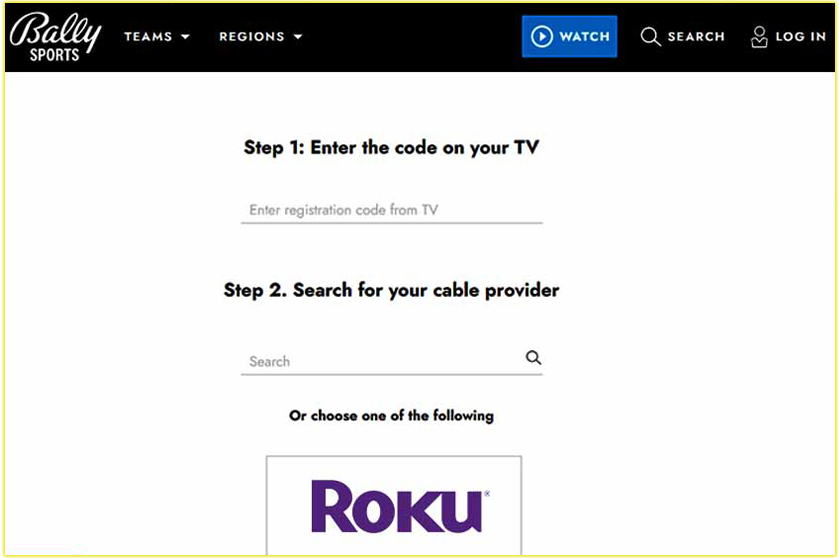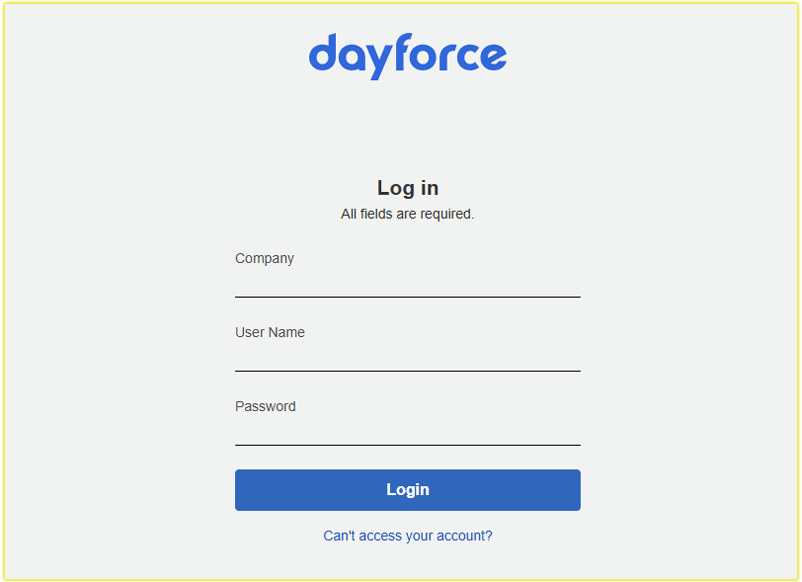As a streaming enthusiast who’s spent countless hours exploring both Netflix and Amazon Prime Video, I’ve often wrestled with the question: which platform is truly worth your subscription?
Both services are titans in the streaming world, offering vast libraries of movies, TV shows, and exclusive content. But with different strengths, pricing models, and features, the choice isn’t always clear-cut.
Content: Quality vs. Quantity
When I compare the content libraries of Netflix and Amazon Prime Video, it’s clear they cater to different tastes.
Netflix is renowned for its high-quality original programming. Shows like Stranger Things, The Witcher, and Squid Game have redefined streaming, while films like The Power of the Dog and Glass Onion have earned critical acclaim, including Oscar nominations.
With over 17,000 titles globally (around 6,000 in the U.S.), Netflix emphasizes exclusive content, boasting over 2,500 original titles as of 2024. If you’re someone who craves fresh, award-winning series and movies, Netflix’s curated catalog feels like a goldmine.
Amazon Prime Video, however, offers a broader library, with over 26,000 movies and 2,700 TV shows worldwide. Its acquisition of MGM in 2022 added iconic franchises like James Bond and Rocky, alongside originals like The Boys, Invincible, and Reacher.
Amazon also appeals to sports fans with exclusive Thursday Night Football broadcasts and upcoming NBA streaming rights starting in 2025. However, I’ve noticed a catch: not all content is included in the subscription.
Some titles require rentals or purchases, which can frustrate users looking for all-inclusive access. If variety and live sports are your priority, Amazon’s sheer volume is hard to beat.
Verdict: Netflix excels for quality-driven viewers who love originals, while Amazon Prime Video is ideal for those seeking variety and sports content. Your choice depends on whether you value curated excellence or expansive options.
Pricing: Value for Your Money
Pricing is where I find the comparison gets tricky, as both services offer different value propositions. Netflix’s U.S. pricing (as of February 2025) includes three tiers:
- Standard with Ads: $7.99/month, 1080p, two simultaneous streams, but with ads and limited content access.
- Standard: $17.99/month, 1080p, two streams, ad-free.
- Premium: $24.99/month, 4K Ultra HD, four streams, ad-free, with Dolby Atmos support.
The ad-supported tier is budget-friendly but restricts some titles, which can feel limiting. The Premium plan unlocks 4K and spatial audio, perfect for home theater enthusiasts, but it’s among the priciest in streaming.
Netflix no longer offers a free trial, though some mobile carriers like T-Mobile include it with certain plans.
Amazon Prime Video’s pricing is more flexible. A standalone Prime Video subscription costs $8.99/month (or $11.99/month ad-free), but it’s often bundled with an Amazon Prime membership at $14.99/month or $139/year.
The full Prime package includes free two-day shipping, Prime Music, and Prime Reading, making it a steal if you shop on Amazon regularly. Students and those aged 18–22 can get discounted rates, and a 30-day free trial is available.
However, add-on channels like Max or Paramount+ increase costs, and some movies require rentals, which can add up.
Verdict: Netflix’s pricing suits streaming purists, especially for 4K fans, but Amazon’s Prime membership offers unmatched value if you leverage its extras. Consider your broader shopping habits when deciding.
Streaming Quality and Features
As someone who geeks out over picture quality, I appreciate that both platforms support 4K Ultra HD, HDR (Dolby Vision and HDR10+ on Netflix; HDR10 on Amazon), and immersive audio like Dolby Atmos.
Netflix requires the Premium plan for 4K, which feels restrictive, while Amazon includes 4K across all plans, a major win for budget viewers.
Both offer offline downloads, parental controls, and accessibility features like audio descriptions, so you can watch on the go or keep content kid-friendly.
Amazon’s X-Ray feature, powered by IMDb, is a standout. Pausing a show reveals cast details, trivia, and even song titles, which I find enhances the viewing experience.
Netflix, however, wins for its intuitive interface and recommendation algorithm, which feels like it knows your tastes better than you do.
Amazon’s interface can feel cluttered, mixing free, paid, and add-on content, which sometimes makes browsing a chore.
Verdict: Netflix offers a smoother user experience and better recommendations, but Amazon’s X-Ray and universal 4K access appeal to tech-savvy viewers.
Device Compatibility
Both services are widely accessible, supporting smart TVs, smartphones, tablets, gaming consoles, Roku, Apple TV, and web browsers. As a Fire TV user, I find Amazon’s integration seamless, but Netflix performs just as well across devices.
One pain point: Netflix lacks a dedicated macOS app, meaning Mac users can’t download content for offline viewing. Amazon’s macOS app solves this, giving it a slight edge for Apple users.
Verdict: It’s nearly a tie, but Amazon edges out for Fire TV and Mac users.
User Reviews: What Are Viewers Saying?
To get a pulse on what real users think, I scoured platforms like Reddit, Quora, and other review sites. The sentiment is mixed but revealing.
On Reddit, some users praise Amazon Prime Video for its content quality, with one user stating, “Prime Video’s shows like The Boys and Invincible feel edgier and more consistent than Netflix’s hit-or-miss originals.”
Others, however, lament Amazon’s interface, with comments like, “Navigating Prime is a nightmare, too many ads and paid content mixed in.”
Netflix gets high marks for its originals and ease of use. A Quora user noted, “Netflix’s quality is unmatched for families and 4K fans, with new content dropping regularly.”
Yet, some Redditors criticize its rising prices and shrinking library, with one saying, “Netflix keeps hiking prices while losing good shows to competitors.”
Amazon’s broader library and sports offerings resonate with users who value variety, but the need to rent certain titles frustrates many.
Verdict: User reviews highlight Netflix’s strength in quality and usability, while Amazon wins for variety and value. Complaints about Amazon’s interface and Netflix’s pricing are common pain points.
Netflix vs. Amazon Prime Video: FAQs
To address the questions you might have, I’ve compiled answers to some of the most frequently asked questions about Netflix and Amazon Prime Video, drawing from user concerns and recent data.
Does Netflix or Amazon Prime Video offer a free trial?
Amazon Prime Video provides a 30-day free trial for new subscribers, which includes access to the full Prime membership benefits like free shipping and Prime Music.
Netflix, however, discontinued its free trial in most regions, including the U.S., though some mobile carriers like T-Mobile may offer it as part of specific plans. If you’re looking to test a service, Amazon’s trial makes it easier to try before committing.
Which platform has better original content?
Netflix leads in original content, with over 2,500 titles, including award-winning series like Stranger Things and The Crown, and films that have earned 135 Emmys and 22 Oscars.
Amazon Prime Video has around 350 originals, with hits like The Boys and The Marvelous Mrs. Maisel, but its focus is on fewer, high-impact shows.
If you prioritize quantity and variety in originals, Netflix is the better choice; for selective, critically acclaimed titles, Amazon holds its own.
Can I watch live sports on either service?
Amazon Prime Video is the clear winner for live sports, offering Thursday Night Football and upcoming NBA streaming rights starting in 2025. Netflix has recently ventured into live content with events like WWE Raw, but it’s not as robust for sports fans. If live sports are a priority, go with Amazon.
Which service is better for kids’ content?
Both platforms offer strong kids’ programming, but Amazon has an edge due to licensing deals with Viacom (Nickelodeon and Comedy Central), providing shows like SpongeBob and Wild Kratts.
Netflix counters with a mix of originals like Jurassic World: Chaos Theory and classics like Avatar: The Last Airbender. For families, Amazon’s broader kids’ library makes it slightly more appealing.
Is 4K streaming available on both platforms?
Yes, both support 4K Ultra HD and HDR, but Netflix restricts 4K to its Premium plan ($24.99/month), while Amazon includes 4K across all plans, even the $8.99/month standalone option. If 4K on a budget is your goal, Amazon is the better pick.
Which platform has a better user interface?
Netflix’s interface is widely praised for its simplicity and personalized recommendations, making it easier to find new content. Amazon’s interface, while improved, can feel cluttered due to its mix of free, rental, and add-on content. If ease of navigation matters to you, Netflix is the way to go.
Can I use gift cards to pay for subscriptions?
Yes, both platforms accept gift cards. You can purchase Netflix or Amazon gift cards from retailers like Cardtonic to cover subscription fees, offering a convenient way to manage payments without a credit card.
Who Should Choose What?
After diving into the data and user feedback, I believe your choice hinges on your priorities:
- Choose Netflix if you’re after top-tier original content, a polished interface, and don’t mind paying for 4K. It’s perfect for fans of exclusive series, documentaries, and anime, with a focus on quality over quantity.
- Choose Amazon Prime Video if you want a massive library, live sports, and Prime’s added perks like free shipping. It’s ideal for families, sports enthusiasts, and Amazon shoppers.
If you can afford both, rotating subscriptions based on new releases (like Squid Game Season 2 on Netflix or The Rings of Power on Prime) is a strategy I’ve used to maximize value. Tools like JustWatch can help you track where your favorite shows are streaming.



